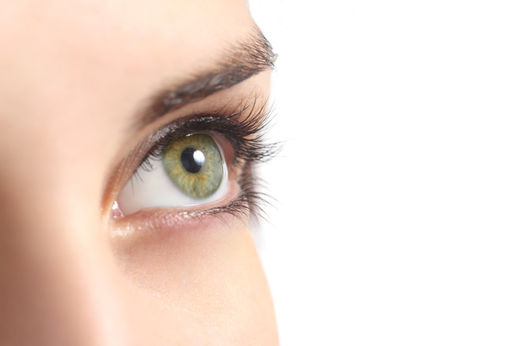
They suggest this auditory input enables the visual system to predict incoming information and could confer a survival advantage.
Professor Lars Muckli, of the Institute of Neuroscience and Psychology at the University of Glasgow, who led the research, said: "Sounds create visual imagery, mental images, and automatic projections.
So, for example, if you are in a street and you hear the sound of an approaching motorbike, you expect to see a motorbike coming around the corner. If it turned out to be a horse, you'd be very surprised."
The study, published in the journal Current Biology, involved conducting five different experiments using functional Magnetic Resonance Imaging (fMRI) to examine the activity in the early visual cortex in 10 volunteer subjects.
In one experiment they asked the blindfolded volunteers to listen to three different natural sounds -- birdsong, traffic noise and a talking crowd.
Using a special algorithm that can identify unique patterns in brain activity, the researchers were able to discriminate between the different sounds being processed in early visual cortex activity.
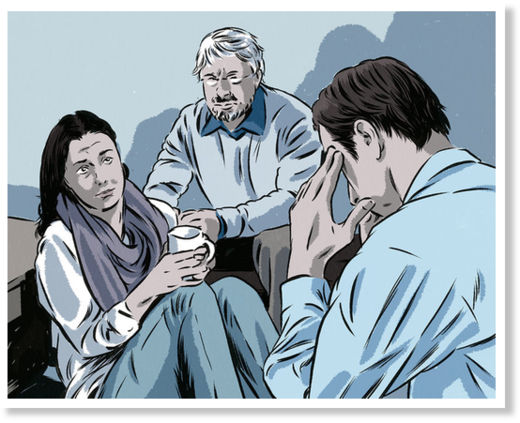


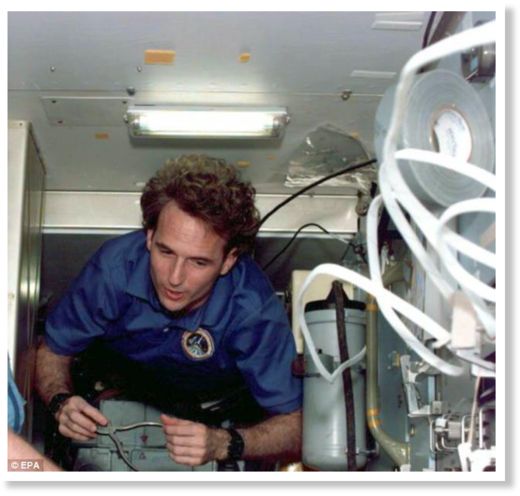

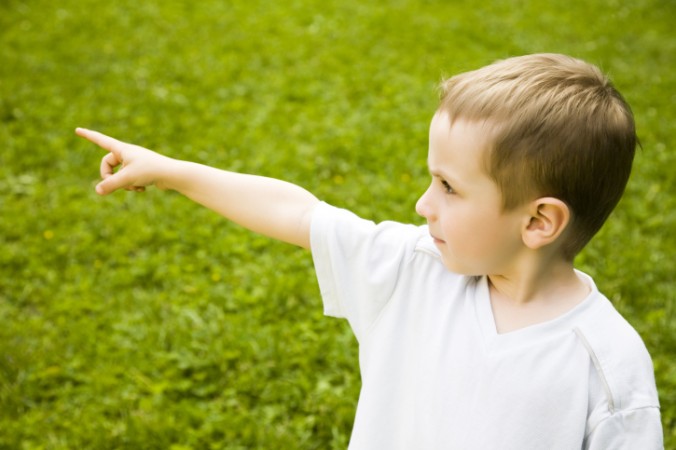
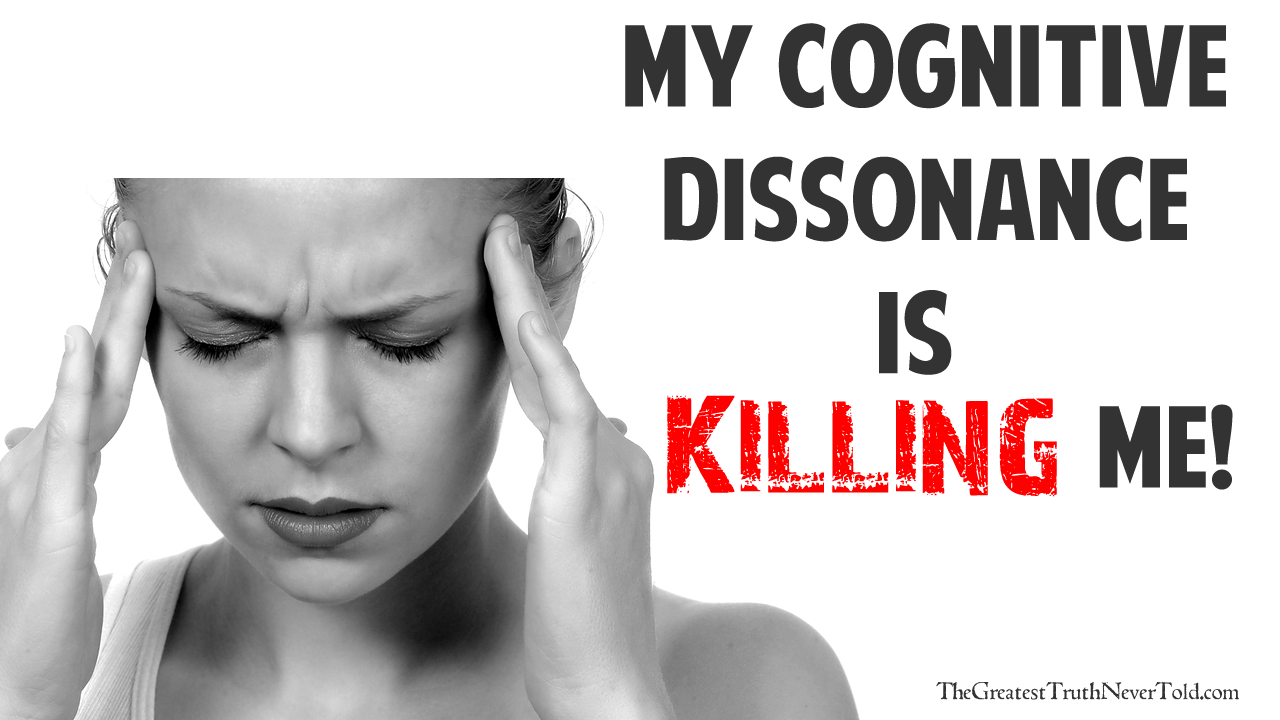
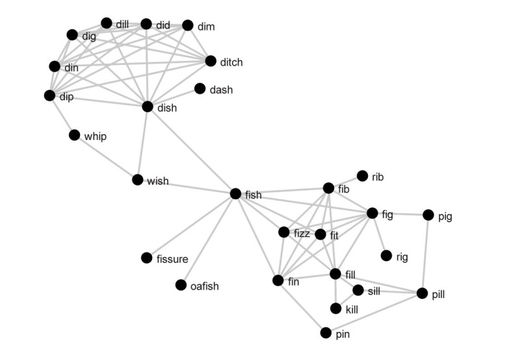




Comment: If psychomotor therapy doesn't work for you, try Peter Levine's Somatic Experiencing. Also adding Éiriú Eolas in your daily practice, it will help relieve you from stress and gently let go of repressed emotions in the body.